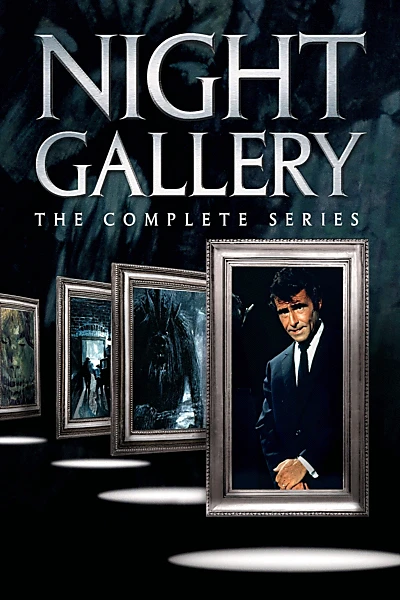Biography
(No Information)
Filmography
all 1
TV Shows 1
Writer 1
Writer

Night Gallery (1970)
TV
Information
Known ForWriting
GenderMale
Deathday1969-12-24 (undefined years old)
Birth PlaceWashington, D.C., United States
CitizenshipsUnited States
This article uses material from Wikipedia.
Last updated:
 Seabury Quinn
Seabury Quinn- Filmography
- Information